It is important to understand the basis for the veneration of relics at all. We see more than one example of the remains or belongings of holy people being a conduit for the miraculous. For example in 2 Kings we see Elisha taking the mantle of Elijah after he had been taken up to heaven and using it to strike the Jordan river which parted in response so that he could cross. Elisha himself would be another example when we see a dead man being buried on his grave. The bible tells us that "when the man came in contact with the bones of Elisha, he came back to life and rose to his feet" (2 Kings 13:20,21).
We see an example of this in the New Testament as well. There were handkerchiefs and clothes that had touched the skin of St. Paul and when they were placed on the sick, they were cured of their diseases and even evil spirits were cast out (Acts 19:11,12).
These examples all show that God honored the lives of these holy men by allowing their bodies and even things touched by them to perform miracles as a testament to their holiness of life.
As St. Paul teaches us our bodies are temples of the Holy Spirit which dwells in them and God continues to perform miracles through the relics and intercessions of holy men and women who honored God in their lives. We venerate the relics of the saints because they offered their bodies as a living sacrifice through living their life in submission to God and in holiness.
Now that the power and reason of veneration of relics is established; what is done during the spicing of the relics and why? During veneration of the saints, especially on their feast days, perfumes and spices are mixed and put on the containers of the relics of the saints. Preparing a body for burial with perfumes and spices is something that was common in ancient times and we see the women who ministered to Jesus bringing spices to the tomb in order to fulfill this task.
These spices and perfumes leave a sweet smelling fragrance in the church and anyone who approaches the relics which reminds us of St. Paul's words:
"Now thanks be to God who always leads us in triumph in Christ, and through us diffuses the fragrance of His knowledge in every place. For we are to God the fragrance of Christ among those who are being saved and among those who are perishing. To the one we are the aroma of death leading to death, and to the other the aroma of life leading to life." (2 Cor 2:14-16)
We see this idea echoed in the doxology of St. Anthony:
"The incense of his virtues delights our souls as fragrant aroma throughout Paradise pervades"
Therefore the spices are a tangible symbol of the sweet aroma offered to God through the lives of these holy men and women. Small portions of these spices that touched the relics of the saints are distributed to the faithful to take as a blessing for themselves and their homes.

